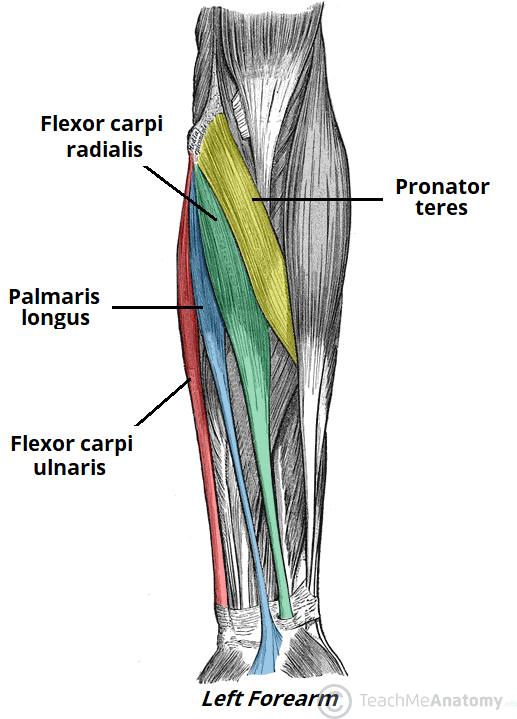
In this article we will cover three main areas of arm anatomy. You will learn the basic hand positions, arm joint movements, and the muscles in your arm. These are the topics covered. When you are finished you will have a better understanding of the anatomy of the arm.
First you will learn the basic hand position of a person. There is an important thing to remember in this position. It is very important that you use your forearm muscles to support your wrist, but not the other way around. You want to make sure that your forearms do not hit each other when you are trying to hold a pen or pencil. This is to prevent you from having your arm gets sore after holding it for too long.
Second you will learn the different hand positions. For example, when you hold a pen or pencil to make sure that you use your forearms and not the wrist or back of your hand. You want to avoid putting weight on your wrist or back if you are holding a pen or pencil because this can cause strain on your elbow.
Finally you will learn how to rotate your hand. This is also known as the flexion of the arm. If you are using a pencil or pen and have it out your window or just hanging around the house, you should be able to rotate your elbow in a clockwise direction. To rotate it in a counterclockwise direction, you will need to use the palm of your hand and not your forearm muscles. You will also need to make sure that you do not press down on the arm with your thumb when you are rotating it because this can cause tendon damage.
You should also know how to extend your arm. When you extend your arm, it should move to your side as far as it will. It should be held by the elbow joint and not the wrist or back of your hand. It should be held with the same hand as you used when you were holding the pen or pencil.
When you know these three basic concepts you should have a good understanding of the structure of the arm and you will be able to write more comfortably
You can also use this knowledge to correct problems that you may have with your arm as well. You should know how to identify which muscle groups are used when you are writing and which ones are not working.
After you have been reading this article, you will probably want to read some of the information about hand positions in the next section. This will give you a better understanding of the major structures in your arm and how they work together. You will understand the importance of the wrist and back of the hand movements and how to use them properly. you will also understand how the muscles in your arm to connect with the bones and ligaments of the body.
Finally, you will learn about your muscles in your arm joints. You will be able to see what your elbow, shoulder, elbow blade, and wrist movements look like in a 3-D model of your arm.
These three basic structures are all very important to understand so that you can move on to more advanced training and develop the skills you need to become a writer. When you read this you will be able to create better handwriting and your hand will become stronger, faster, and longer. When you are able to write better you will enjoy writing more and you will enjoy having better communication with others.
You will learn the basics of how to write with the left hand and how to write using the right hand. After you have learned this, you will be able to do all of the basic writing, as well as use it to write a resume, your name, business cards, and more. You will know what you are writing and when you are writing in a specific language.
You will also be able to identify your arm structure and read it all the way down to the elbow joint. You will also know how to make corrections to your writing and make it look great.